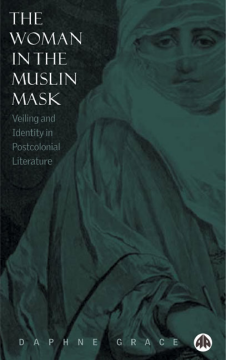
Additional Information
Book Details
Abstract
Western feminists have in the past singled out the veiling of women as a potent symbol of women's oppression under Islam. Daphne Grace explores the far more complex and contested role of veiling over the last 120 years. Looking at the ways in which the veil is used in literature, and its representations in writing from the East and the West, she shows how veiling has come to stand for both oppression and resistance. Grace asks why, at the start of the new millennium, veiling seems more popular than ever - and explores what veiling means for the women themselves.
Chapters are arranged geographically and chronologically, beginning with the 'imperial gaze' of Victorian England, moving to the Arab Islamic world of the Middle East and the Maghreb and finally to India, in the process exploring the nationalist, religious, political and cultural meanings of the veil in its many manifestations, then and now.
'Extraordinarily comprehensive and searching'
Professor William Haney, Eastern Mediterranean University, Turkey
Table of Contents
| Section Title | Page | Action | Price |
|---|---|---|---|
| Contents | vii | ||
| List of Illustrations | viii | ||
| Acknowledgements | ix | ||
| 1 Background to the Veil: History, Theory and Culture | 1 | ||
| 2 Imagining Veiled Woman | 37 | ||
| 3 Revealing and Re- veiling: Egypt | 67 | ||
| 4 Piety and Patriarchy: The Arabian Peninsula and the Eastern Mediterranean | 100 | ||
| 5 Violence, Liberation and Resistance: North Africa | 128 | ||
| 6 Subversion, Seduction and Shame: India | 160 | ||
| 7 Conclusion: Liberating the Veil | 202 | ||
| Notes | 218 | ||
| Bibliography | 241 | ||
| Index | 254 |
